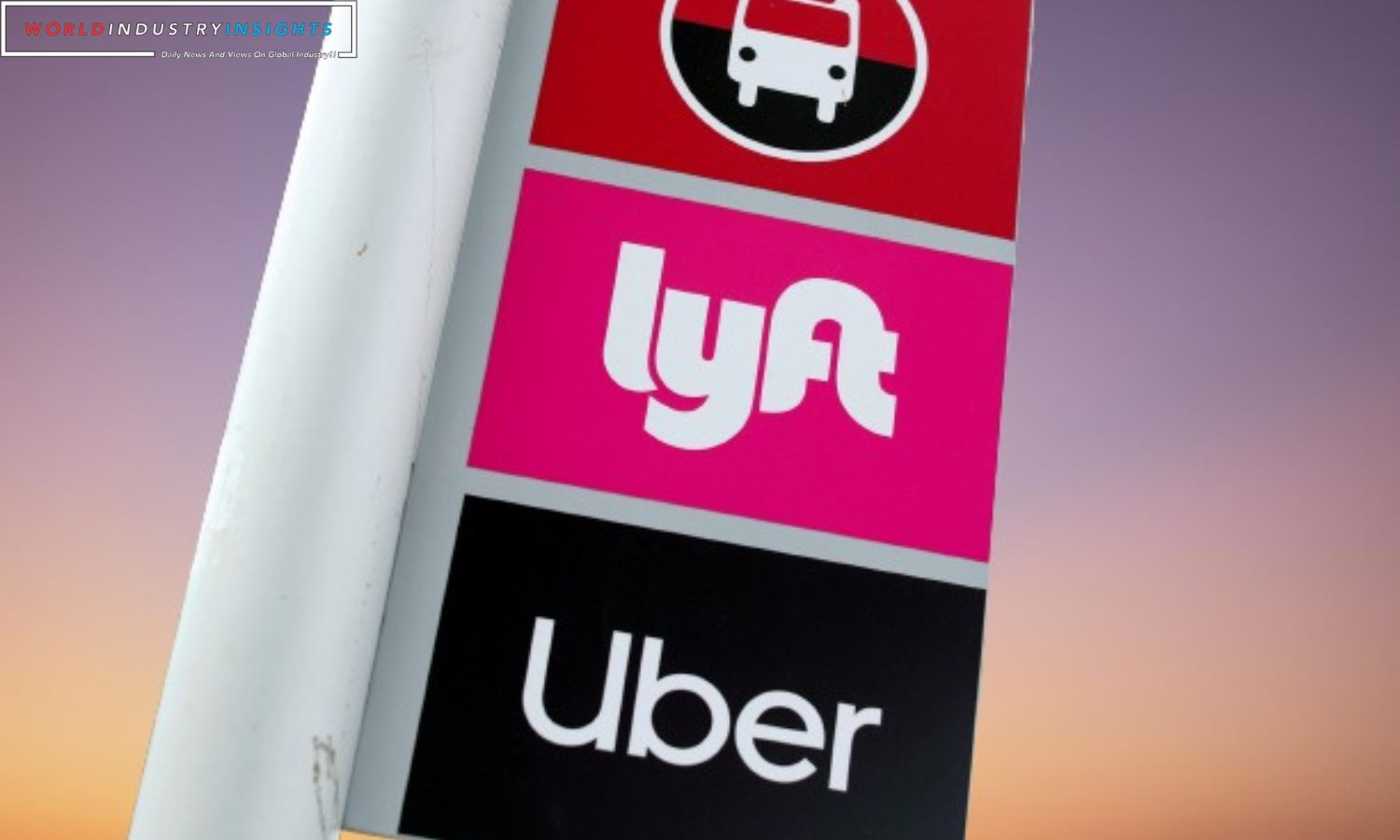Lyft Price Cuts: Lyft’s recent price cuts may have made a dent in Uber’s U.S. market share, but they weren’t sufficient to prevent Uber from reporting its second quarterly operating profit.
After experiencing the slowest sales growth in the second quarter in two years, Lyft is expected to present a more promising picture for the September quarter. The ride-hailing company attracted more riders by offering lower prices. According to data analytics firm YipitData, as of the end of September, the average price of a standard Lyft ride was over 4% cheaper than Uber’s equivalent service. This marks a significant shift from February when both companies were charging nearly the same rates.
Lyft, under the leadership of new CEO David Risher, has signaled a more aggressive pricing strategy. Despite this, its gains in market share have been relatively slow. Since the price war began in January, Lyft’s market share has increased by just 200 basis points to 29%, according to YipitData.
Also Read: Uber Electric Bikes Africa: Pioneering Green Transport in Kenya
“(Lyft) has the potential to hurt Uber,” says Adam Ballantyne, a senior analyst at Cambiar Investors, which owns Uber shares. He suggests that if Uber aims to capture more market share quickly from Lyft, it might have to consider lowering prices, which could impact its profit story in the near term.
After expanding into food delivery, Uber made its first operating profit in the quarter ending June, a milestone for the 14-year-old corporation. Uber’s expansion has slowed. Its June quarter revenue rose 14.3%, about half the speed of the preceding three months. Analysts expect September quarter growth to match the prior quarter.
LSEG data predicts an 8.4% increase in Lyft’s third-quarter revenue, up from 3% in the second. Adjusted core earnings, a key profitability indicator, could rise 25% to $82.6 million.
“Lyft has narrowed its focus to ride-hailing and brought in a new management team that’s really focused,” said Christopher Vandergrift, an analyst at Columbia Threadneedle Investments, an investor in both Lyft and Uber. This suggests that Lyft’s strategic changes and focus on the ride-hailing business could be a significant factor in its improved performance.
Also Read:
Our Reader’s Queries
Why are my Lyft prices higher than others?
During busy periods, ride-sharing services such as Lyft and Uber implement dynamic pricing, also referred to as surge pricing or prime time. This strategy involves increasing prices to incentivize more drivers to join the network, thus balancing supply and demand. This approach guarantees that passengers can secure a ride when they require one.
What are the cheapest times to use Lyft?
According to Zimmer, Lyft requests usually decrease from 11 a.m. to 3 p.m. but increase again at 5 p.m. When there are more drivers than passengers, fares may drop by 10% to 50%. To address this issue, Lyft has introduced happy-hour pricing to boost demand and help drivers secure more bookings.
How to lower Lyft prices?
To avoid surge pricing on Lyft and Uber, there are several strategies you can use. One option is to schedule a Lyft in advance if you know you’ll need a ride during peak hours. Another is to check the other app to see if surge pricing is lower. You could also consider taking another type of car or trying carpooling. Walking a few blocks could also be an option. Additionally, you could try using surge tracking apps like SurgeProtector to help you avoid surge pricing. Finally, referring a friend and getting a free ride is another way to save money.
What’s cheaper Uber or Lyft?
In terms of base fares, Lyft usually comes with a higher price tag compared to Uber. This is because Lyft tends to charge more per mile and per minute. If you’re planning a longer ride or anticipate heavy traffic, it may be more cost-effective to opt for Uber instead.


